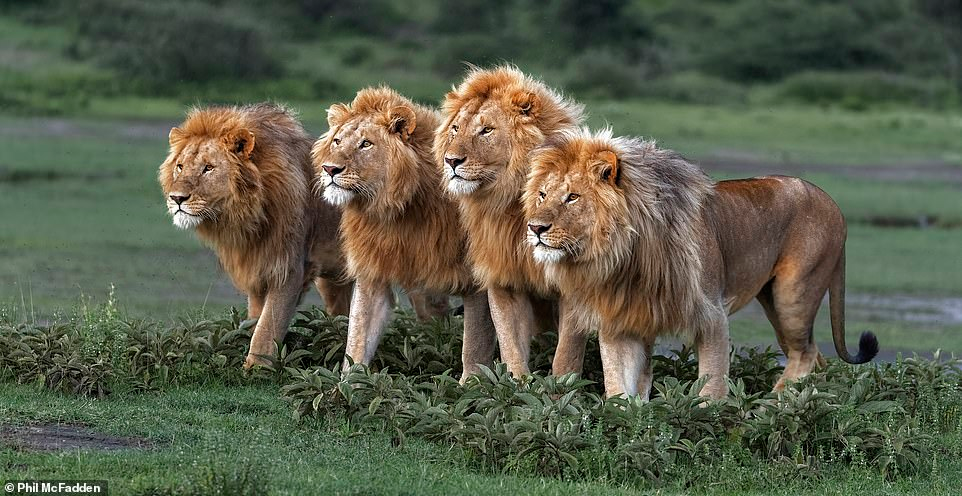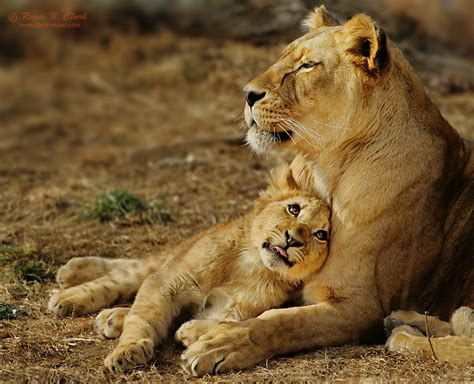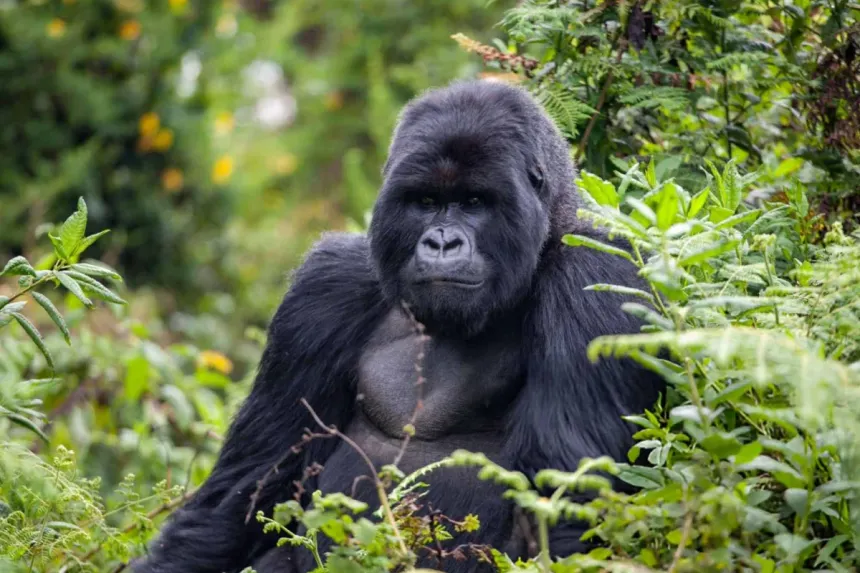Skip to content
🦁 General Facts
- Lions are the only social cats.
They live in groups called prides, usually consisting of related females, their cubs, and a few males.
- Male lions have manes.
The mane not only makes them look bigger but also protects their neck in fights.
- Lions are not actually jungle dwellers.
They mostly live in grasslands, savannas, and open woodlands in Africa.
- They are apex predators.
Lions sit at the top of the food chain and have no natural predators (except humans).
- A lion’s roar is the loudest of any big cat.
It can be heard up to 5 miles (8 km) away.
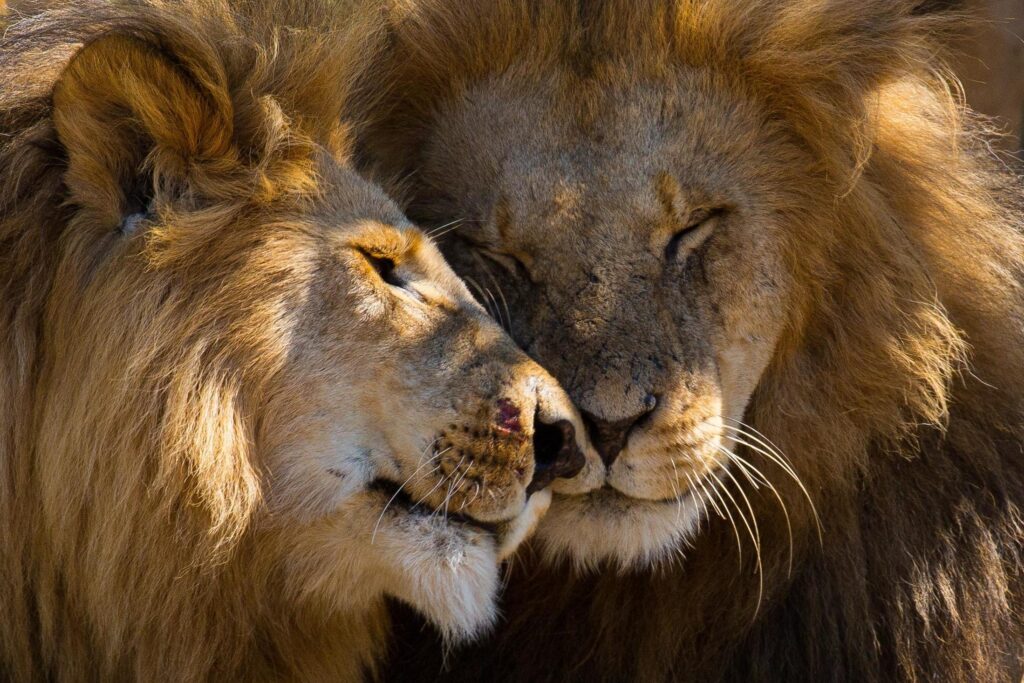
🐾 Behavior & Biology
- Females do most of the hunting.
While males protect the pride, lionesses hunt in groups to catch prey.
- They sleep a lot.
Lions can sleep or rest for 16 to 20 hours a day to conserve energy.
- Lions are territorial.
Prides protect their land fiercely, often engaging in battles with rival groups.
- They are fast but not long-distance runners.
Lions can sprint up to 50 mph (80 km/h) but only for short bursts.
- Lions communicate in many ways.
They use roars, growls, facial expressions, and scent marking.
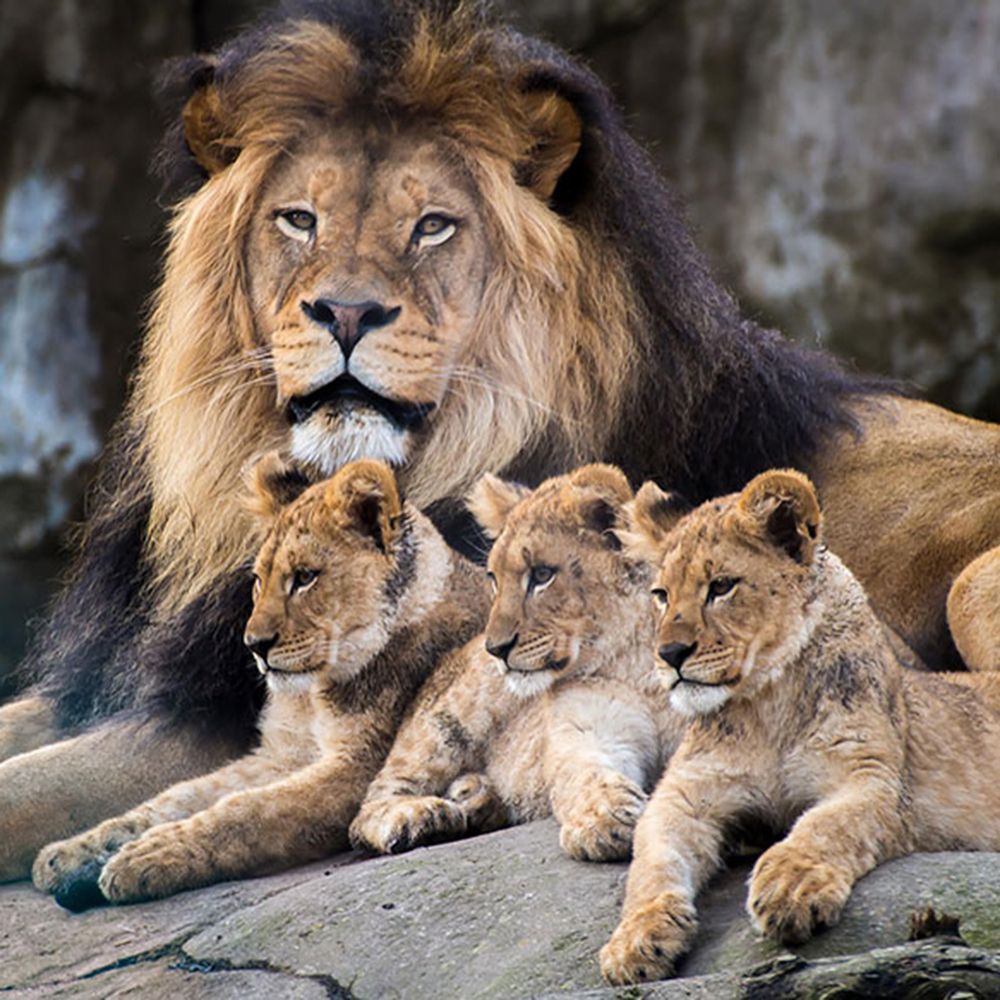
🍼 Cubs and Reproduction
- Cubs are born blind.
Their eyes open after about a week, and they begin walking at 2–3 weeks.
- Cubs are raised together.
In a pride, all lionesses help nurse and protect the young, even if they’re not their own.
- Male lions may kill cubs.
When taking over a pride, new males often kill the existing cubs to bring females into heat.
- Lions reach maturity at 2-3 years.
Males often leave their pride at this age to form coalitions or take over new prides.
- A lioness gives birth to 1–4 cubs.
The gestation period is about 110 days.
🌍 Conservation & Uniqueness
- Wild lions are only found in two places.
They live in Africa and a small population survives in India’s Gir Forest.
- Lions are a vulnerable species.
Due to habitat loss, poaching, and conflict with humans, lion numbers are decreasing.
- They can live up to 14 years in the wild.
In captivity, they may live more than 20 years.
- White lions exist.
White lions are not albinos but have a rare gene called leucism, giving them pale fur.
- Lion numbers have dropped by 50% in the last 25 years.
Conservation efforts are crucial to prevent extinction.
